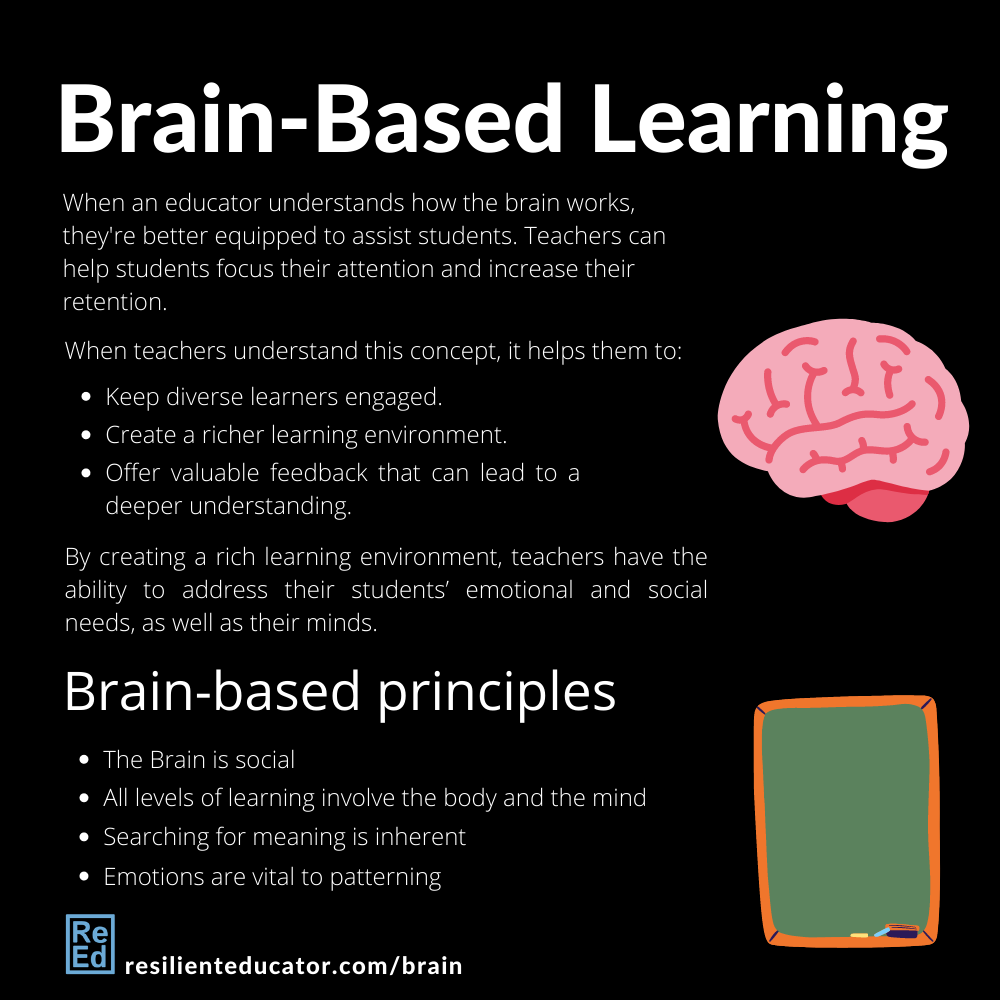Brain-Based Learning: Definition, Strategies, and Benefits
Definition of Brain-Based Learning: Brain-based learning is an educational approach that draws on insights from neuroscience to optimize the learning process.
Unlocking the Full Potential of the Human Brain
Imagine walking into a classroom where students are fully engaged, motivated, and eager to learn. The teacher isn’t lecturing; instead, they’re facilitating a dynamic discussion that encourages creativity, critical thinking, and problem-solving. This is the power of brain-based learning, an educational approach that draws on cutting-edge insights from neuroscience to revolutionize the way we teach and learn.
At its core, brain-based learning is an inclusive and student-centered approach that acknowledges the unique learning needs and preferences of each individual. By understanding how the brain processes information, educators can design learning experiences that are tailored to the way students naturally learn.
The Science Behind Brain-Based Learning
Recent advances in neuroscience have greatly expanded our understanding of the human brain. We now know that the brain is a dynamic, adaptable, and highly social organ that is wired to learn and grow throughout our lives. Brain-based learning is grounded in several key principles:
- Neuroplasticity: The brain’s ability to reorganize and adapt in response to new experiences and learning.
- Emotional Engagement: Emotions play a critical role in learning, helping to encode and consolidate memories.
- Social Learning: Humans learn best in the context of relationships and interactions with others.
- Active Learning: The brain responds better to active learning than passive instruction.
In Practice: Examples of Brain-Based Learning
- Personalized Learning Plans: Customized learning plans that cater to the individual learning style of each student.
- Project-Based Learning: Real-world projects that integrate multiple subjects.
- Mindfulness and Self-Regulation: Techniques that help to manage stress and improve focus.
- Neurofeedback and Brain Training: Programs that help students monitor and control brain activity.
The Benefits of Brain-Based Learning
By embracing brain-based learning, educators can:
- Improve Student Engagement: Boost motivation and participation by catering to individual learning needs.
- Enhance Cognitive Function: Improve attention, memory, and processing speed.
- Foster Creativity and Innovation: Encourage active learning and collaboration.
- Develop Emotional Intelligence: Help students build empathy, self-awareness, and self-regulation.
Brain-based learning is a transformative approach that creates a more inclusive, engaging, and effective learning environment. Users can explore tools for anxiety and ADHD support available on GoblinX, which can enhance learning experiences even further. Additionally, check out our GoblinX website for more resources.

Expanded Overview: Brain-based learning emphasizes the importance of understanding the science of learning to improve educational practices.
Imagine unlocking the full potential of your students’ minds by creating tailored learning experiences based on their unique cognitive profiles. Brain-based learning is grounded in understanding how our brains process information, consolidate memories, and build knowledge.
In practice, brain-based learning includes engaging multiple senses, incorporating mindfulness practices, and leveraging strategies that enhance attention and memory retention.
Implementing Brain-Based Learning in Practice:
To effectively implement brain-based learning, educators must understand how the brain functions and respond to various stimuli. Key principles to consider include social-emotional learning, physical activity, emotional connections, and the significance of feedback.
Integrating movement, personalization, and mindfulness can significantly enhance learning engagement and outcomes, paving the way for a transformative educational experience.
Benefits and Impact:
Brain-Based Learning has numerous benefits, such as improved academic performance, increased student motivation, reduced stress, and a more inclusive classroom environment. By embracing this methodology, educators can create a profound impact while ensuring emotional well-being and fostering academic success for every student.